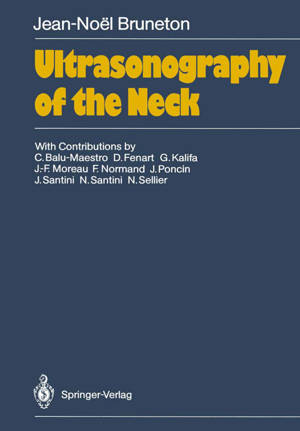
Je cadeautjes zeker op tijd in huis hebben voor de feestdagen? Kom langs in onze winkels en vind het perfecte geschenk!
- Afhalen na 1 uur in een winkel met voorraad
- Gratis thuislevering in België vanaf € 30
- Ruim aanbod met 7 miljoen producten
Je cadeautjes zeker op tijd in huis hebben voor de feestdagen? Kom langs in onze winkels en vind het perfecte geschenk!
- Afhalen na 1 uur in een winkel met voorraad
- Gratis thuislevering in België vanaf € 30
- Ruim aanbod met 7 miljoen producten
Zoeken
Omschrijving
Owing to the anatomic complexity of the neck and the diver- sity of pathologic entities affecting it, the cervical region has long been of great semiological interest. Physical examination is an easy means of evaluating the size and origin of a solitary cervical mass, yet valid interpretation can prove difficult when the normal morphology of the neck has been altered; excellent examples are patients with extensive fibrosis or scarring secondary to previous irradiation or surgery. Like- wise, physical examination cannot assess the relations of a pathologic process to adjacent structures - e. g., invasion can- not be distinguished from simple displacement -and it is un- suitable for monitoring therapeutic efficacy, such as the re- sponse of metastatic nodes to medical management. Between physical examination, which remains fundamental, and exploratory surgical procedures, which are often the only means of obtaining indispensable anatomic proof for diagno- sis, lie a number of recent imaging techniques including com- puted tomography and magnetic resonance imaging using surface coils that provide invaluable information for the in- vestigation of cervical pathologies. Real-time ultrasonogra- phy occupies a privileged position because of its noninvasive- ness, rapidity, and reliability, especially when performed by a specially trained examiner.
Specificaties
Betrokkenen
- Auteur(s):
- Vertaler(s):
- Uitgeverij:
Inhoud
- Aantal bladzijden:
- 118
- Taal:
- Engels
Eigenschappen
- Productcode (EAN):
- 9783642715587
- Verschijningsdatum:
- 20/11/2011
- Uitvoering:
- Paperback
- Formaat:
- Trade paperback (VS)
- Afmetingen:
- 170 mm x 244 mm
- Gewicht:
- 226 g

Alleen bij Standaard Boekhandel
+ 184 punten op je klantenkaart van Standaard Boekhandel
Beoordelingen
We publiceren alleen reviews die voldoen aan de voorwaarden voor reviews. Bekijk onze voorwaarden voor reviews.









